What is Bento ??
Bento plays a significant role in Japanese food culture. There are various types and styles, ranging from homemade bento to those purchased outside. Homemade bento is cherished as a balanced meal prepared at home, while bento bought outside is a convenient option for busy days or during travel. Bento purchased outside, particularly station bento and department store bento, often reflect regional specialties and local ingredients.
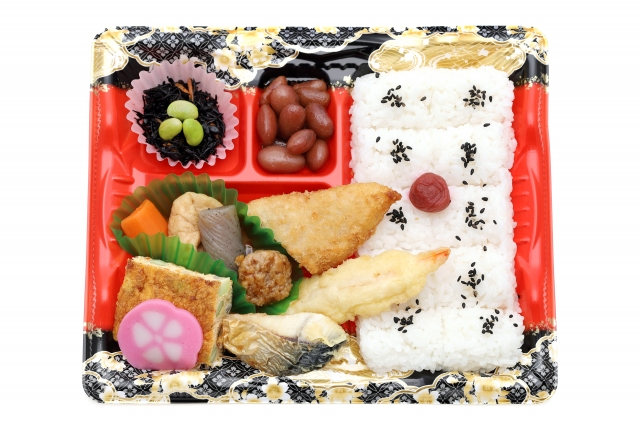
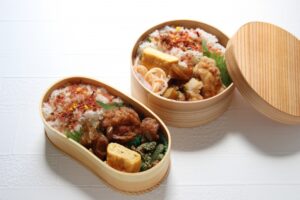
Characteristics of Bento Bought Outside
Bento purchased outside is convenient and easy to eat, making it a popular choice for busy everyday life or while traveling. There is a wide variety of options, with many featuring creative flavors and presentations, making it an enjoyable part of the food culture. Recently, healthy bento options, such as low-calorie and high-protein varieties, have also gained popularity. Many people buy bento for lunch, especially in offices, schools, or when on the go, as it provides an easy way to get nutrition.
Types of Bento Bought Outside
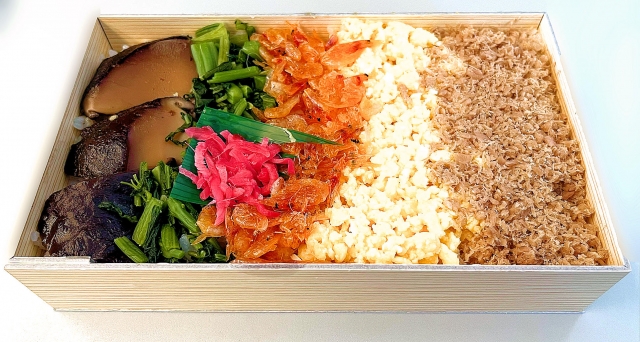
Station Bento (駅弁)
Sold at train stations, these bentos feature local specialties and regional ingredients. Beautiful packaging and creative arrangements make them an enjoyable part of travel. Examples include Ikura bento (Hokkaido) and Hitsumabushi bento (Nagoya).
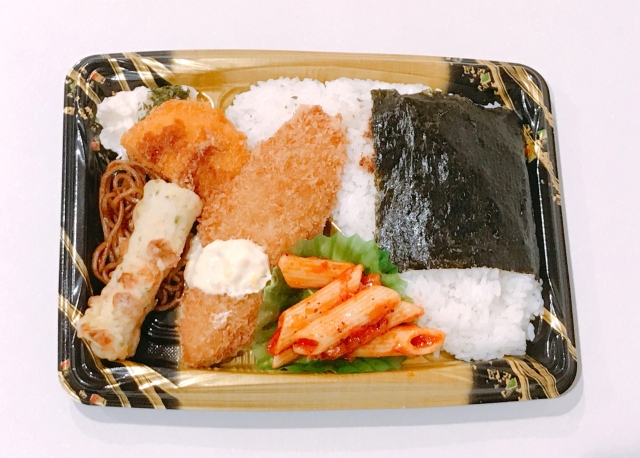
Convenience Store Bento (コンビニ弁当)
Offered 24/7, convenience store bentos provide a quick and varied meal option, including daily specials and seasonal varieties. Examples include Karaage (fried chicken) bento, Gyudon (beef bowl) bento, and Makunouchi bento.
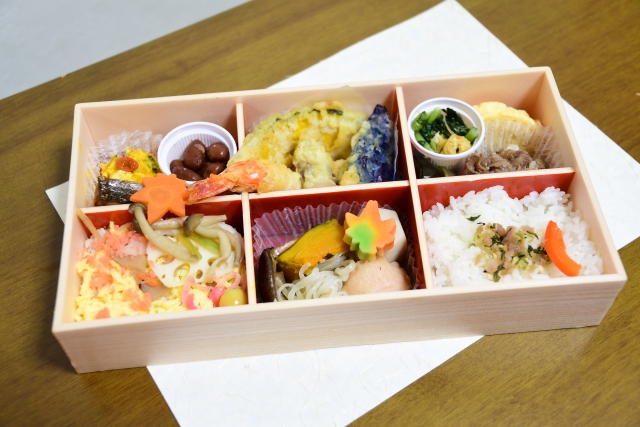
Department Store Bento (デパ地下弁当)
Available in department store basements, these high-end bentos use seasonal ingredients and are ideal for special occasions or as gifts. Examples include Unagi (eel) bento and Sho-kadou bento.
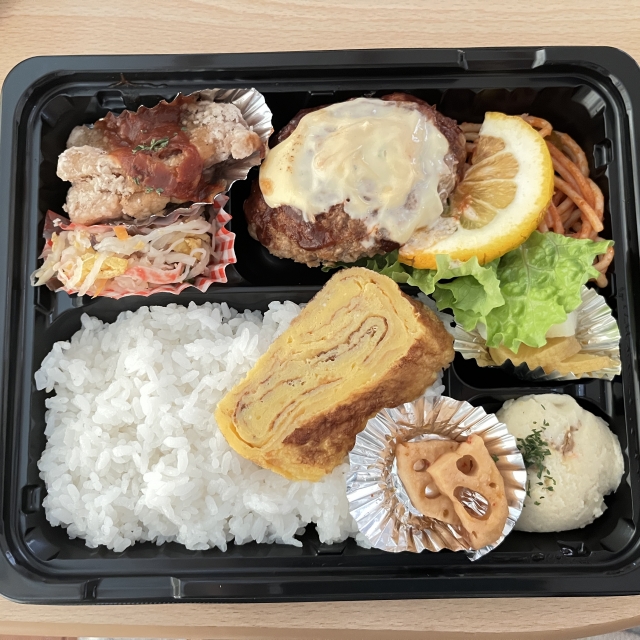
Bento from Bento Shops (お弁当屋さん)
Sold at specialty bento shops, these meals are freshly made and cater to various tastes. Examples include Karaage bento, Grilled fish bento, and Nori bento.
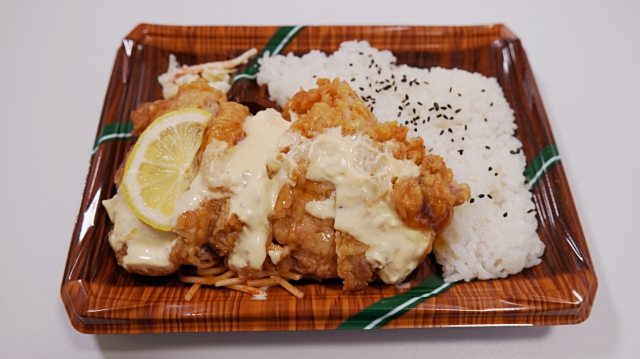
Supermarket Ready-made Bento
(スーパーのお惣菜弁当)
Affordable and hearty, these bentos reflect home-cooked flavors. Examples include Nikujaga (meat and potatoes) bento, Stir-fried vegetable bento, and Tempura bento.
Types of Bento
- Japanese-style Bento (和風弁当): Traditional bento with rice, grilled fish, simmered dishes, and pickles. Examples: Grilled salmon bento, Simmered dish bento.
- Western-style Bento (洋風弁当): Includes Western dishes such as chicken cutlets, sandwiches, and pasta. Examples: Chicken cutlet bento, Sandwich bento.
- Chinese-style Bento (中華風弁当): Features Chinese cuisine like fried rice, dumplings, and char siu (roast pork). Examples: Fried rice bento, Dumpling bento.
- Healthy Bento (ヘルシー弁当): Focuses on balanced nutrition with vegetables, fish, and legumes. Examples: Grilled salmon and vegetable bento, Tofu salad bento.
History of Bento
The origin of bento dates back to ancient Japan. During the Sengoku period, samurai carried bento during battles. In the Edo period, bento became widespread among merchants and common people, serving as a convenient meal. Over time, different styles such as station bento and department store bento evolved, shaping modern bento culture.
Cultural Significance of Bento
Bento is not just a meal but a cultural symbol in Japan. It plays a role in family gatherings, picnics, and travel. Enjoying a station bento on a train journey or sharing homemade bento at a picnic creates meaningful experiences. Bento-making is also an expression of care, often seen in homemade bentos prepared for loved ones.
Comments